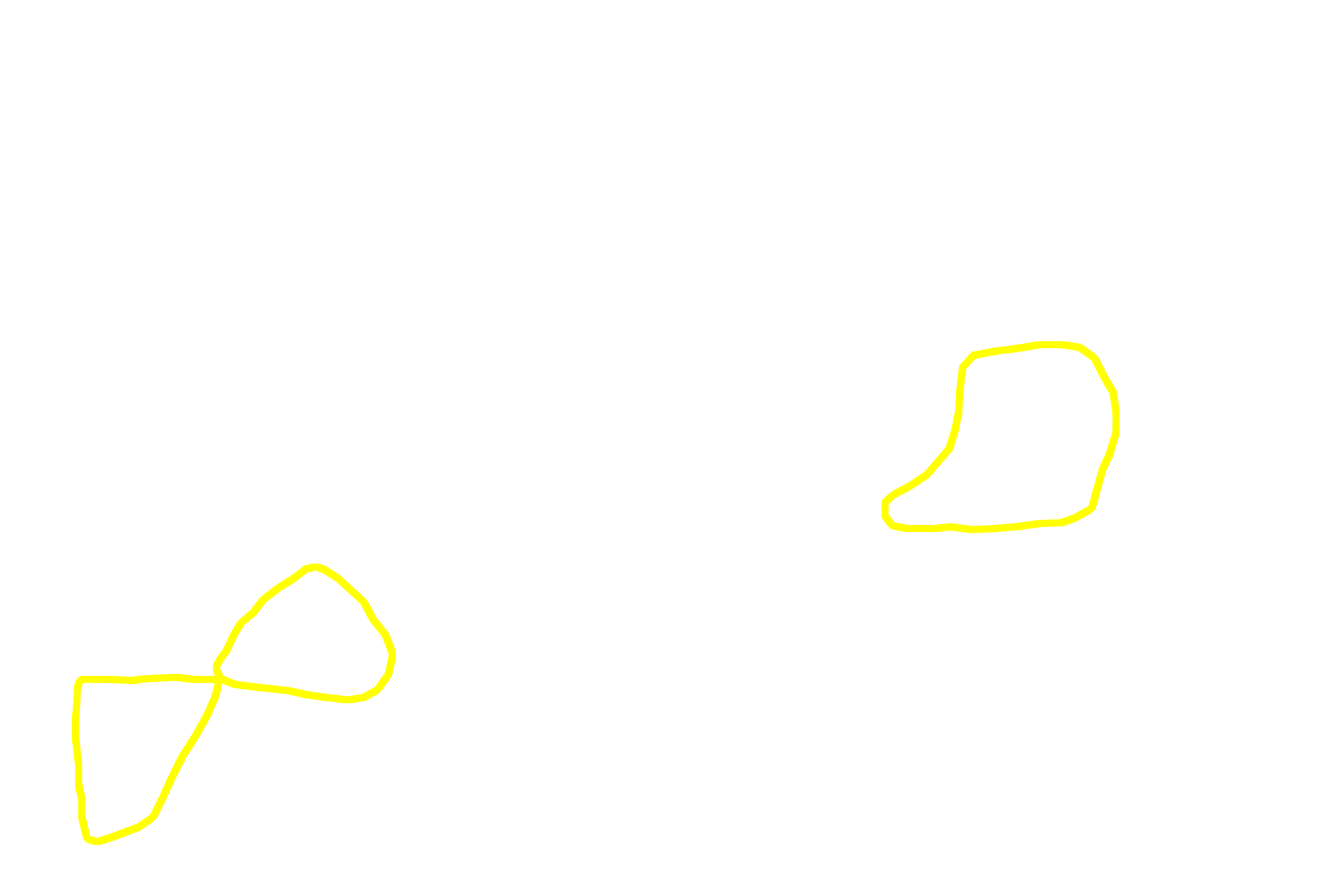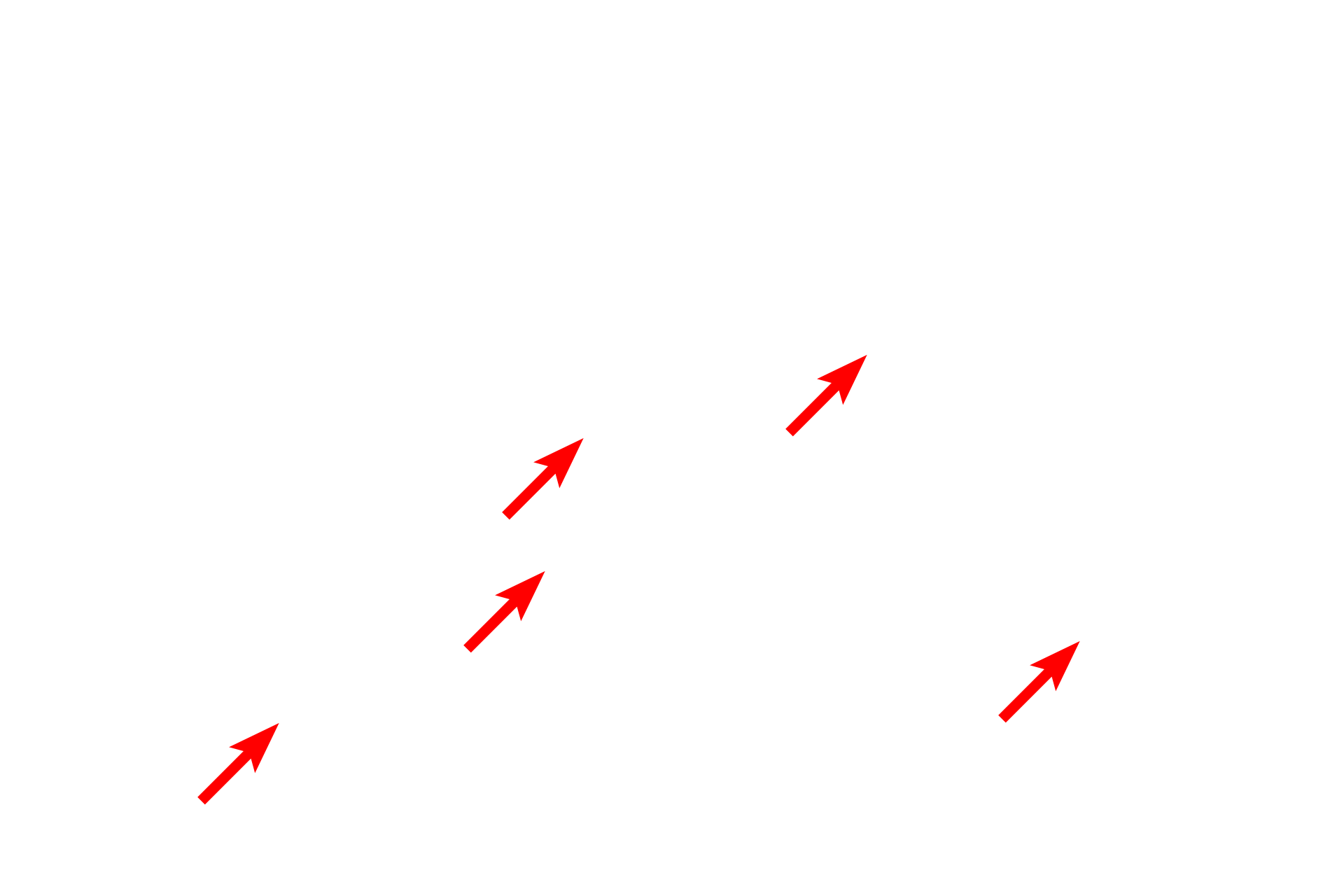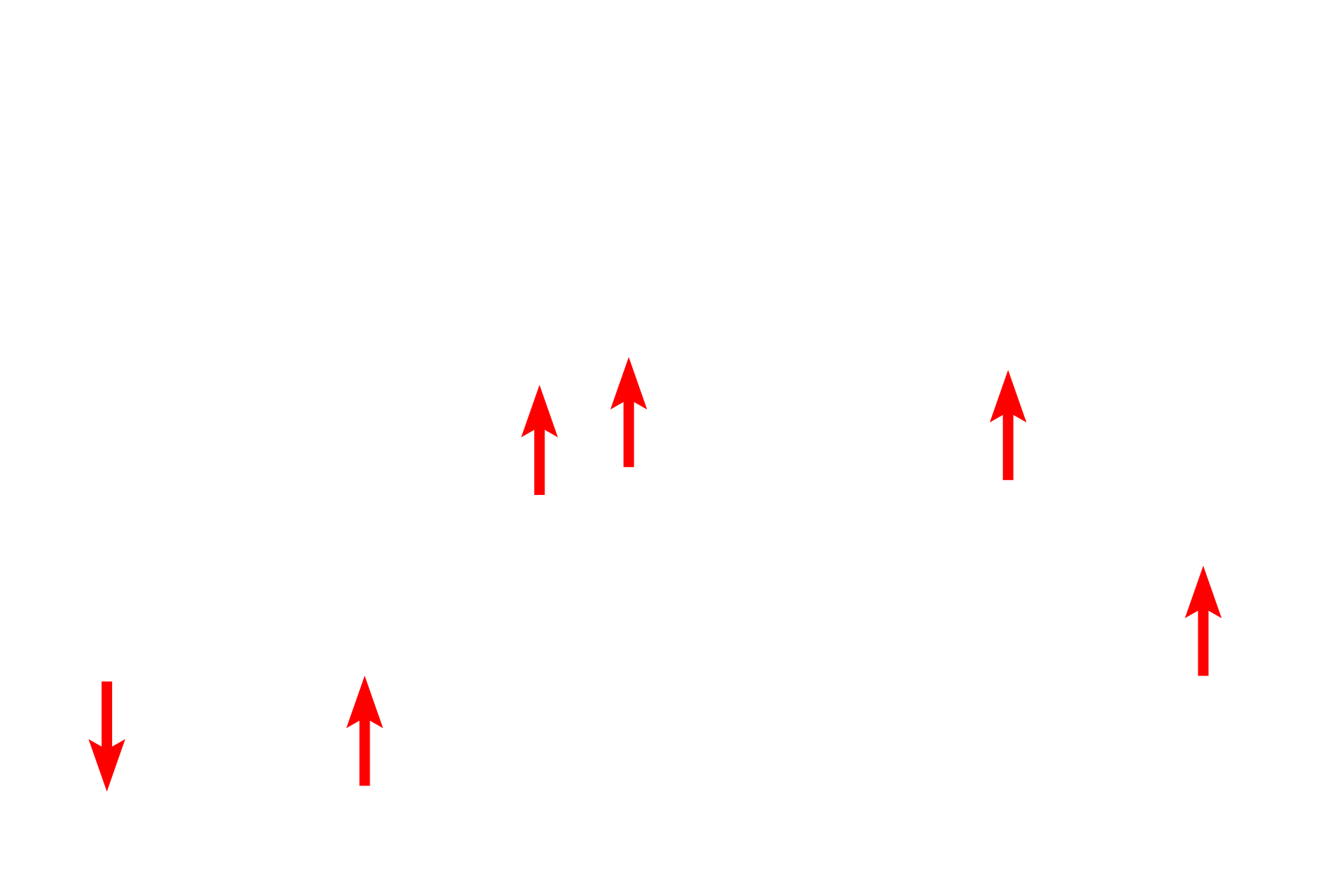
Compound tubuloacinar gland
A mucus-secreting tubule is seen in cross section (lower left), then turning and extending to the right. Serous acini surround the tubule. At this magnification, the histological features of the tubule and the acinar cells can be seen clearly. Submandibular gland 1200x

Cross section of tubule
A mucus-secreting tubule is seen in cross section (lower left), then turning and extending to the right. Serous acini surround the tubule. At this magnification, the histological features of the tubule and the acinar cells can be seen clearly. Submandibular gland 1200x

Longitudinal section of tubule
A mucus-secreting tubule is seen in cross section (lower left), then turning and extending to the right. Serous acini surround the tubule. At this magnification, the histological features of the tubule and the acinar cells can be seen clearly. Submandibular gland 1200x

- Mucus-secreting cells >
Mucous secreting cells are foamy in appearance with flattened, basally located nuclei. They are arranged in tubules with wide lumens.

- Mucin granules
Mucous secreting cells are foamy in appearance with flattened, basally located nuclei. They are arranged in tubules with wide lumens.

- Tubule cell nuclei
Mucous secreting cells are foamy in appearance with flattened, basally located nuclei. They are arranged in tubules with wide lumens.

- Tubule lumen
Mucous secreting cells are foamy in appearance with flattened, basally located nuclei. They are arranged in tubules with wide lumens.

Acinus >
Acinar cells are the source of the watery component of saliva, which contains a number of enzymes and electrolytes. Acinar cell cytoplasm is filled with well-defined secretory (zymogen) granules and the nucleus is generally circular or oval-shaped. The watery secretion does not require a wide lumen for release.

- Acinar cells
Acinar cells are the source of the watery component of saliva, which contains a number of enzymes and electrolytes. Acinar cell cytoplasm is filled with well-defined secretory (zymogen) granules and the nucleus is generally circular or oval-shaped. The watery secretion does not require a wide lumen for release.

- Secretory granules
Acinar cells are the source of the watery component of saliva, which contains a number of enzymes and electrolytes. Acinar cell cytoplasm is filled with well-defined secretory (zymogen) granules and the nucleus is generally circular or oval-shaped. The watery secretion does not require a wide lumen for release.

- Acinar cell nuclei
Acinar cells are the source of the watery component of saliva, which contains a number of enzymes and electrolytes. Acinar cell cytoplasm is filled with well-defined secretory (zymogen) granules and the nucleus is generally circular or oval-shaped. The watery secretion does not require a wide lumen for release.

- Acinar lumen
Acinar cells are the source of the watery component of saliva, which contains a number of enzymes and electrolytes. Acinar cell cytoplasm is filled with well-defined secretory (zymogen) granules and the nucleus is generally circular or oval-shaped. The watery secretion does not require a wide lumen for release.

Serous demilunes >
Serous demilunes are crescent-shaped collections of serous-producing cells at the ends of tubules.